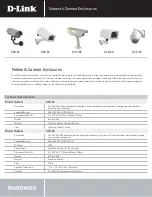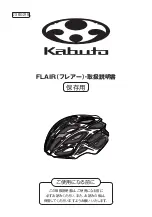
13
V9.14
As shown above, the drain line should drop, then rise (but stay below the height
of the fitting), and then drop again into a drain or bucket. Then, fill the trap
with water. The condensate trap will allow any excess moisture inside the
cooling unit to overcome the static pressure and flow out of the drain line.
Ducted Installations–Rear Duct Kit
1.
Ductwork may be attached to the discharge only, or to both the discharge and return
adapters.
2.
The unit is capable of operating with 100 equivalent feet of total ductwork, or 50
equivalent feet for both the discharge and return ducting, for the rear and the
front of the cooling unit. Elbows or bends will reduce this length. Use a duct sizing
program to determine the total equivalent feet of a specific duct routing design,
or consult the manufacturer for recommendations. For duct runs greater than 50
equivalent feet, the auxiliary fan option is required.
Ducted Installations – Front Duct Kit
1.
Ductwork must be attached to BOTH the intake and exhaust openings, connecting the
cooling unit and the wine cellar.
2.
The front duct kit includes two duct hoods. One hood is designed for intake and will
cover the lower portion of the cooling unit. The second hood is designed for the
exhaust and will cover the top portion of the cooling unit. Both hoods are designed
to attach to the cooling unit with #8x3/8” sheet metal screws (included in the kit).
SCREWS LONGER THAN 3/8” MAY NOT BE USED.
3.
A bottle probe is included and is required for use with the front duct kit. The bottle
probe is designed to plug into the face of the cooling unit and terminate inside the
cellar.
The bottle probe may be used to measure air or liquid temperatures inside
the cellar.
If measuring air (recommended), simply place the probe on one of the













































